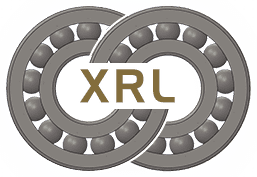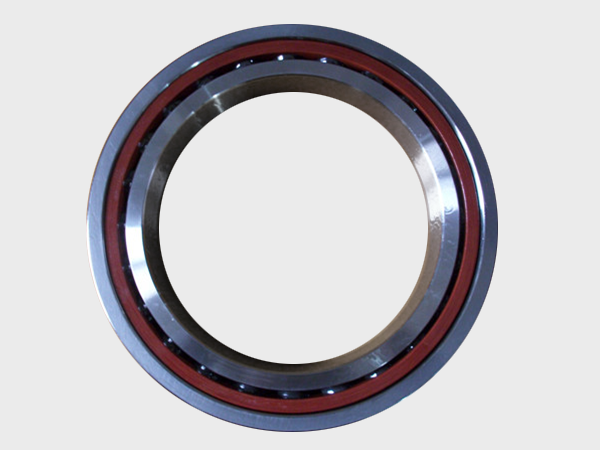As long as there are joint bearings: angular contact ball bearings, thrust joint bearings, radial joint bearings, stalk end joint bearings. Tapered roller bearing is a kind of rolling bearing, and it is one of the parts widely used in modern machinery. It relies on the rolling contact between the main components to support the rotating parts. Most of the roller bearing manufacturers have now standardized. Roller bearings have the advantages of small starting torque, high rotation accuracy, and convenient selection. The classification of joint bearings is mainly based on the direction in which they can bear the load, the nominal contact angle and the structural type.
What are the characteristics of radial joint bearings?
(1) E-type has a single outer ring and no lubricating oil groove. It can bear radial load and small axial load in any direction.
(2) ES type single-slit outer ring with lubricating oil groove. It can bear radial load and small axial load in any direction.
(3) ES-2RS type single-slit outer ring with lubricating oil groove and sealing rings on both sides. It can bear radial load and small axial load in any direction.
(4) GEE WES-2RS type single-slit outer ring, with lubricating oil groove, with sealing rings on both sides. The lubrication of single-row tapered roller bearings is of great significance to the bearing. The lubricant in the bearing can not only reduce friction resistance, but also play a role in heat dissipation, reducing contact stress, absorbing vibration, and preventing corrosion. It can bear radial load and small axial load in any direction.
(5) The ESN type single-slit outer ring has a lubricating oil groove, and the outer ring has a stop groove. It can bear radial load and small axial load in any direction. However, when the axial load is borne by the stop ring, its ability to withstand the axial load is reduced.
(6) The XSN type double-slit outer ring (split outer ring) has a lubricating oil groove, and the outer ring has a stop groove. It can bear radial load and small axial load in any direction. However, when the axial load is borne by the stop ring, its ability to withstand the axial load is reduced.
(7) HS type inner ring has lubricating oil) groove, double half outer ring, the clearance can be adjusted after wear (a basic type of component failure). It can bear radial load and small axial load in any direction.
(8) DE1 type inner ring is hardened bearing steel, and outer ring is bearing steel. When the inner ring is assembled, it is extruded and formed with lubricating oil grooves and oil holes. Bearings with an inner diameter of less than 15mm have no lubricating oil grooves and oil holes. It can bear radial load and small axial load in any direction.
(9) DEM Type 1 inner ring is hardened bearing steel, and outer ring is bearing steel. When the inner ring is assembled, it is extruded and formed. After the bearing is installed in the bearing seat, the end groove is pressed out on the outer ring to fix the bearing axially. It can bear radial load and small axial load in any direction. .
(8) DE1 type inner ring is hardened bearing steel, and outer ring is bearing steel. When the inner ring is assembled, it is extruded and formed with lubricating oil grooves and oil holes. Bearings with an inner diameter of less than 15mm have no lubricating oil grooves and oil holes. It can bear radial load and small axial load in any direction.
(9) DEM Type 1 inner ring is hardened bearing steel, and outer ring is bearing steel. When the inner ring is assembled, it is extruded and formed. After the bearing is installed in the bearing seat, the end groove is pressed out on the outer ring to fix the bearing axially. It can bear radial load and small axial load in any direction.
Post time: Sep-22-2021

